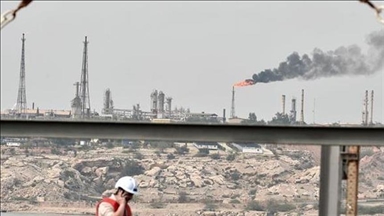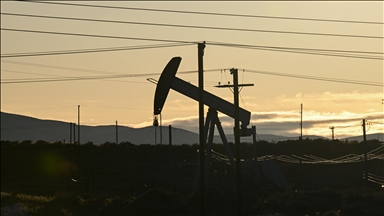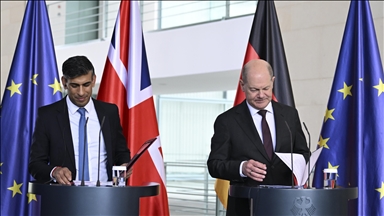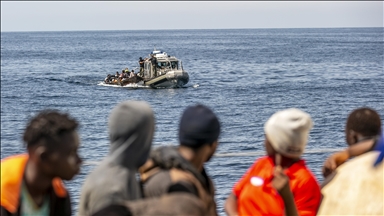
By Nuran Erkul
ANKARA
While almost all European countries look for alternative gas deliveries to Russia, Montenegro, currently resting on its local resources, never sees Russian gas as an option.
Most European countries depend on Russian gas and are searching for diverse gas supplies before the winter comes.
In 2006 and 2009, Russia accused Ukraine of illegally importing its gas and cut off its gas flows. That affected many European countries which are downstream from Ukraine, and since then most European countries have sought to reduce their dependence on Russian gas.
In contrast, Montenegro stands as a country with a huge potential for hydro, thermal and biomass power.
Montenegro is a small southeastern European country with a 645,000 population. Deriving from its name, meaning "Black Mountain", Montenegro gets much rain and has a huge potential for hyrdoelectric generation thanks to its rivers.
Hydropower dominates the electricity mix, providing 65 percent of the country's electricity. Montenegro's two big hydro power plants are Perucica, located in Niksic, in the northern part of the country, and Piva, in the northwestern town of Pluzine.
The Perucica plant generates 807 gigawatt hours per year and Piva generates 640.
There are seven smaller plants, as well, of which the installed capacity amounts to 8.92 megawatts, with an average annual production of about 21.4 gigawatts.
The installed capacity of the country is 867 megawatt, 658 megawatts coming from the hydro power plants.
"The power used is 17 percent of the potential," said Anton Ljucovic, a senior advisor in the country's Ministry of Economy. "We have a lot of potential for building new hydro power plants. According to the decision in the energy strategy of the country, we have a target of 33 percent from renewables in final energy consumption by 2025."
Ljucovic said there will be more projects that will increase the percentage of renewables in total energy production.
Montenegro has one thermal power plant, Pljevlja, located in the northwest of the country. It has a capacity of 200 megawatts and generates 1,245 gigawatt hours per year. It makes up 35 percentage of the country's total electricity generation.
Coal is the main resource for thermal power; 2,200 million tons of coal is produced per year in Montenegro.
Ljucovic said Montenegro uses biomass from the forest for heating houses, especially in the northern part of the country, where the weather is colder during the winter. Wood is the main source for biomass in the north while the southern part does not utilize wood for heating.
In terms of natural gas, Ljucovic said Montenegro does not have the necessary infrastructure.
"In the future, Montenegro may get gas through the Trans Adriatic Pipeline," he said. "Azerbaijan will be the only source for gas."
Trans Adriatic Pipeline will run from the Caspian region, through the border between Turkey and Greece, near Kipoi. From there it will cross Greece, Albania and the Adriatic Sea before terminating in Italy.
It will be 539 miles (867 kilometers) long, and is expected to provide a new source of gas for southeastern European countries, including Bulgaria, Albania, Bosnia and Herzegovina, Montenegro, Croatia and others.
Construction will start in 2016.
Anadolu Agency website contains only a portion of the news stories offered to subscribers in the AA News Broadcasting System (HAS), and in summarized form. Please contact us for subscription options.







